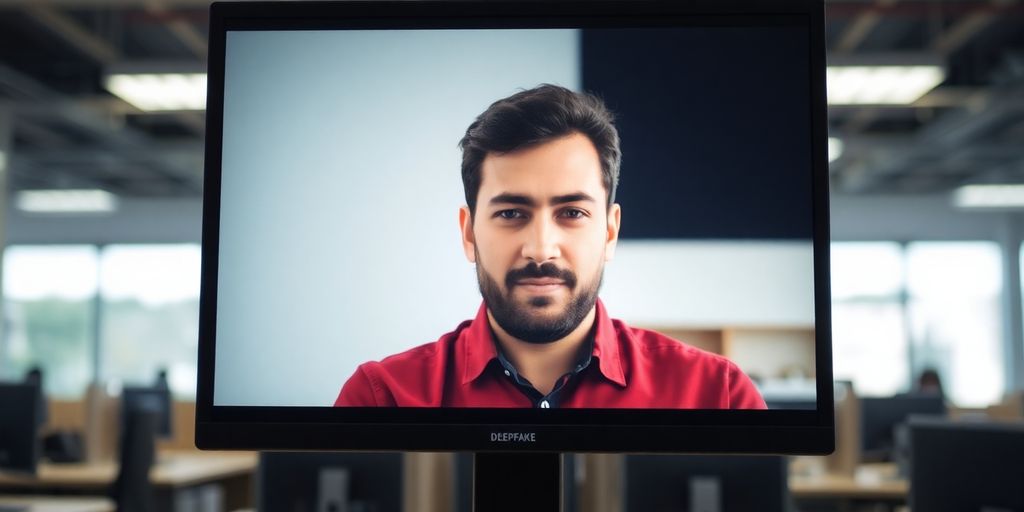In a concerning development, scammers are leveraging deepfake technology to create realistic videos of prominent figures, including YouTube’s CEO, Neal Mohan, to execute phishing attacks. These scams aim to deceive users into clicking malicious links, potentially compromising their personal and financial information.
Key Takeaways
- Scammers are using AI-generated deepfake videos to impersonate trusted figures.
- A recent attack involved a fake video of YouTube CEO Neal Mohan discussing monetization changes.
- YouTube has issued warnings to creators about these phishing attempts.
- Users are advised to avoid clicking on unsolicited links and report suspicious content.
The Rise of Deepfake Phishing Scams
The emergence of deepfake technology has opened new avenues for cybercriminals. By creating hyper-realistic videos, scammers can easily impersonate trusted individuals, making their phishing attempts more convincing. The recent case involving YouTube’s CEO highlights the potential dangers of this technology.
In this particular scam, creators received private messages containing a video of Mohan announcing changes to YouTube’s monetization policies. The video, however, was a sophisticated deepfake designed to trick users into clicking a link that could lead to malware installation or credential theft.
How the Scam Works
The mechanics of this phishing attack are alarmingly straightforward:
- Initial Contact: Creators receive an email or private message with a link to a private YouTube video.
- Deepfake Video: The video features a deepfake of Neal Mohan, purportedly discussing important updates.
- Call to Action: The message instructs users to click a link or download a file to ensure continued payment.
- Consequences: Clicking the link can lead to malware installation, credential theft, and financial data breaches.
YouTube’s Response
In light of these attacks, YouTube has taken proactive measures to protect its creators. The platform has reiterated its policy against using private videos for communication. Key points from YouTube’s warning include:
- No Private Videos: YouTube will never share important updates through private videos.
- Phishing Alert: Any private video claiming to be from YouTube is a phishing attempt.
- User Caution: Creators are urged not to click on links in unsolicited messages and to report suspicious content through YouTube’s reporting tools.
Protecting Yourself from Phishing Scams
To safeguard against phishing attempts, users should adopt the following best practices:
- Verify Sources: Always check the authenticity of messages and videos before clicking links.
- Avoid Unsolicited Links: Do not click on links in emails or messages from unknown sources.
- Report Suspicious Content: Use platform tools to report any suspicious videos or messages.
- Stay Informed: Keep up with the latest security updates and phishing tactics to better recognize potential threats.
As deepfake technology continues to evolve, the potential for misuse in phishing scams will likely increase. Users must remain vigilant and informed to protect themselves from these sophisticated attacks. By following best practices and staying aware of the latest scams, individuals can help safeguard their personal and financial information from cybercriminals.
Sources
- YouTube phishing attack uses a deepfake video of the company’s CEO, Android Police.
- Subscribe to read, Financial Times.
